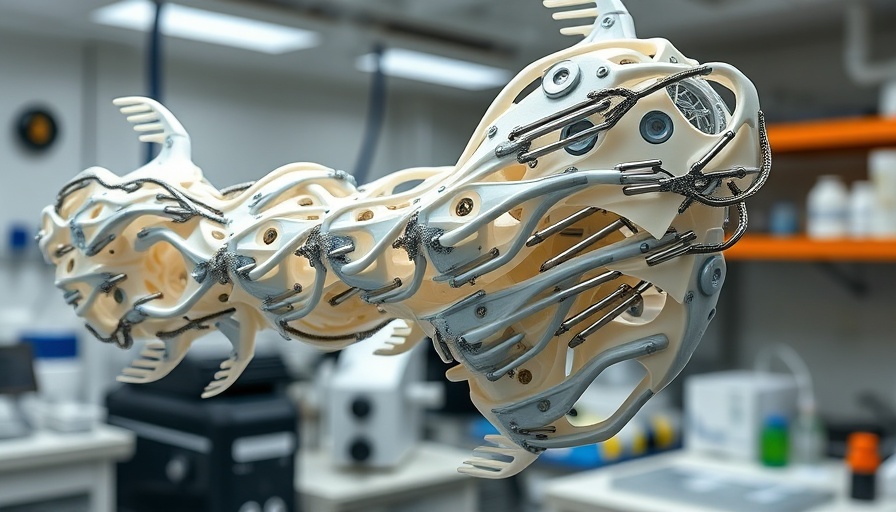
Exploring the Future of Robotics and Medicine with 3D-Printed Artificial Muscles
In a groundbreaking development that bridges the gap between artificial intelligence and human-like movement, researchers at the Swiss Federal Laboratories for Materials Science and Technology (EMPA) have created artificial muscles using advanced 3D printing techniques. This innovation represents a significant leap forward in both biomedical engineering and robotics, with profound implications for a variety of applications including prosthetics, robotics, and beyond.
What Are Artificial Muscles?
Artificial muscles are designed to replicate the movement and force generation of biological muscles. Central to these innovations are soft actuators that can contract and relax based on electrical impulses, offering an alternative to hard mechanical components traditionally used in devices. These actuators are critical for applications where fluid movement is essential, such as in robotic limbs, wearable technology, and even potential medical applications like heart valves.
Overcoming Technical Challenges
The production of durable and elastic artificial muscles is fraught with challenges, chiefly achieving the right balance between being soft enough to deform appreciably and strong enough to withstand operational stresses. The team from EMPA has developed a method utilizing two silicone-based materials: one conductive and one non-conductive. These materials are carefully interlinked during the 3D printing process to form a structure that behaves much like real muscle.
However, the complexities of 3D printing such materials are significant. As EMPA researcher Patrick Danner explains, the properties of the materials need to remain distinct while simultaneously adhering firmly in the final product. "If you optimize one property, often others worsen," he notes. This delicate equilibrium is crucial as the process needs to allow materials to be extruded from the printer yet retain their intended shape and functionality.
Real-World Applications
The potential applications for these soft actuators reach far beyond the realms of robotics. In medical fields, there is scope to create more natural prosthetics that mimic the way limbs move. Additionally, researchers are exploring how these artificial muscles could be utilized to replace damaged tissues or even create organs. Future advancements might find these materials assisting individuals with mobility impairments, enabling them to enjoy a greater quality of life.
Collaborative Innovations
Collaborating with the esteemed ETH Zurich, the researchers have unveiled a specialized nozzle system specifically engineered for printing these intricate structures. This collaboration forms part of a larger initiative known as Manufhaptics, which aims to develop gloves capable of creating tactile feedback in virtual environments. Imagine a scenario where a VR user can 'feel' the objects they interact with—a transformative experience made possible through these artificial muscles that simulate grasp and feel.
Insights into Future Prototyping
The journey from prototype to practical application is not without significant hurdles. The creation process needs to become more scalable and cost-effective for widespread use. With ongoing advancements in material science and manufacturing techniques, the EMPA team is hopeful that innovations in 3D-printed artificial muscles will become a staple in both everyday technology and specialized medical equipment.
Conclusion: The Impact of 3D-Printed Artificial Muscles
The breakthroughs in 3D-printed artificial muscles embody the convergence of robotics and human biology. As these technologies advance, they present a myriad of opportunities across industries—from enhancing the capabilities of prosthetics to revolutionizing robotics. They inspire a vision where machines can operate with the same grace and flexibility as their human counterparts, paving the way for a future where technology becomes increasingly integrated into the fabric of daily life.
If you want to stay informed about emerging technologies and their impact on society, consider subscribing to our newsletter for the latest updates in innovation and development.
 Add Element
Add Element  Add Row
Add Row 



 Add Row
Add Row  Add
Add 


Write A Comment